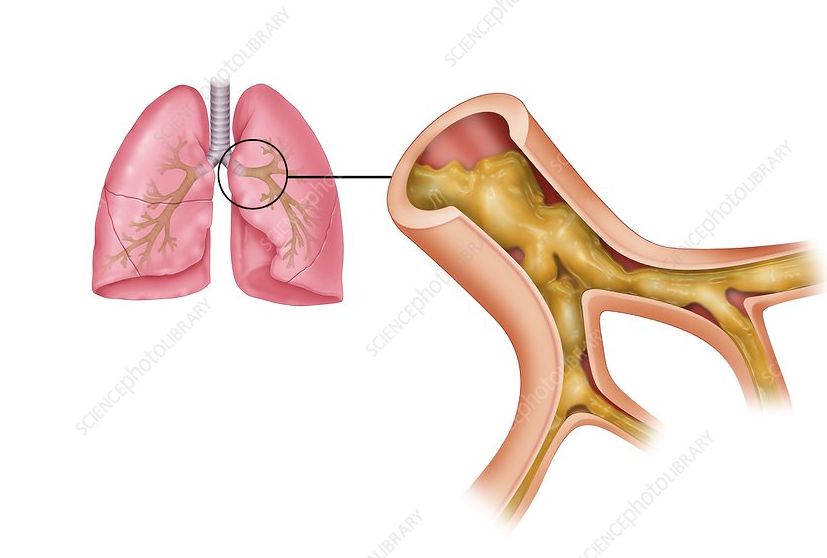Cystic fibrosis (CF) is a genetic disorder that primarily affects the lungs, pancreas, liver, and intestines. It is caused by mutations in the CFTR (cystic fibrosis transmembrane conductance regulator) gene, which leads to the production of thick, sticky mucus in various organs.

The Causes of Cystic Fibrosis:
Cystic fibrosis (CF) is caused by mutations in the CFTR gene (Cystic Fibrosis Transmembrane Conductance Regulator), which is responsible for regulating the movement of salt and water in and out of cells. These mutations lead to thick, sticky mucus in organs like the lungs and pancreas.
- Genetic mutation: The CFTR gene mutation affects chloride channels in cells.
- Inheritance pattern: CF is autosomal recessive, meaning a person must inherit one defective gene from each parent to have the disease.
- Not caused by environment or lifestyle: CF is entirely genetic—it is not contagious or caused by anything a parent did.
- Carrier parents: People with one defective gene are carriers but usually do not show symptoms.
The Symptomes of Cystic Fibrosis
Cystic fibrosis affects mainly the lungs and digestive system, but it can involve other parts of the body too. Symptoms can vary from mild to severe.
1. Respiratory symptoms
- Persistent coughing, sometimes with thick mucus
- Frequent lung infections (pneumonia, bronchitis)
- Wheezing or shortness of breath
- Nasal polyps (small growths in the nose)
- Sinus infections
2. Digestive symptoms
- Poor weight gain and growth despite a good appetite
- Fatty, foul-smelling stools (due to poor digestion)
- Constipation or intestinal blockage
- Pancreatic insufficiency (difficulty absorbing nutrients)
3. Other symptoms
- Salty-tasting skin
- Delayed puberty or infertility (especially in males)
- Clubbing of fingers and toes (rounding of nail beds due to low oxygen)
The Treatment of Cystic Fibrosis :
1. Medications
- CFTR Modulator Drugs (newer therapies that target the defective gene/protein):
- e.g., Ivacaftor, Lumacaftor, Tezacaftor, Elexacaftor (Trikafta)
- Antibiotics → to treat and prevent lung infections
- Mucus-thinning drugs (e.g., Dornase alfa) → make mucus easier to cough out
- Bronchodilators → relax airway muscles and improve breathing
- Anti-inflammatory drugs → reduce lung damage
2. Airway Clearance Techniques
- Chest physiotherapy (CPT) → pounding or vibrating chest to loosen mucus
- Breathing devices/vest therapy → help clear lungs
3. Nutritional Support
- Pancreatic enzyme supplements → help digest food
- High-calorie, high-protein diet
- Vitamin supplements (A, D, E, K – fat-soluble vitamins)
4. Other Treatments
- Oxygen therapy (in advanced lung disease)
- Surgery:
- Removal of nasal polyps
- Treatment of bowel blockages
- Lung transplant (for severe, end-stage disease)